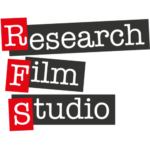Local Spirit Initiative
The accelerated developments in communications technology since the invention of the electric telegraph sped up the democratization of the marketplace of ideas. The traditional vertical dissemination of knowledge from educated elites to the people has been replaced by a lateral and apparently decentralized flow of information. Experts, scholars and scientist cannot rely anymore on authority guaranteed by entrenched hierarchy. The Nietzschean demasking of science as a ramshackle raft on flowing water built of an “enormous structure of beams and boards of concepts, to which the poor man clings for dear life” out of fear of facing the radical vulnerability of humankind has been folklorized and trivialized. One can lament the growing knowledge gap between advanced studies on the one hand and public opinion on the other as well as the loss of the privilege of the university researcher to be believed without an effort to present their case in a persuasive manner.
Or one can accept the challenging epistemological conditions that require the expert, the scholar and the scientist to master the art of persuasion by cultivating the cardinal rhetorical virtue of perspicuity in an effort of an effective transmission of ideas. Enlightenment thinkers accepted the challenge and engaged in vigorous and competitive rhetorical activity including the rhetoric of science, pamphlets and encyclopedic articles argued in an accessible and perspicuous style with full awareness of the rival rhetoric of the clerical pulpit and the superstitions of the simple folk. While the Enlightenment thinkers utilized the art of verbal rhetoric and illustration on the printed page, today we need to master non-verbal, architectonic rhetoric to tell our stories. Architectonic rhetoric is the art of spatialized, dynamized, sensationalized (as in making available for the senses) argumentation.
In 2018, Erika Kiss, Sigrid Adriaenssens, Chris Tully and John Higgins launched a faculty initiative in Princeton University that recognizes the increasing importance and opportunities of sensory learning, research and teaching through film and digital media. The first projects of the Local Spirit Initiative include co-teaching ‘Environmental Film Studies’ a Princeton course designed by Erika Kiss and the development of short research films and other immersive and mixed media teaching aid. Several award-winning film directors, who visited our campus, advise the faculty group’s filmmaking.
Current Projects
Arthouse Memes

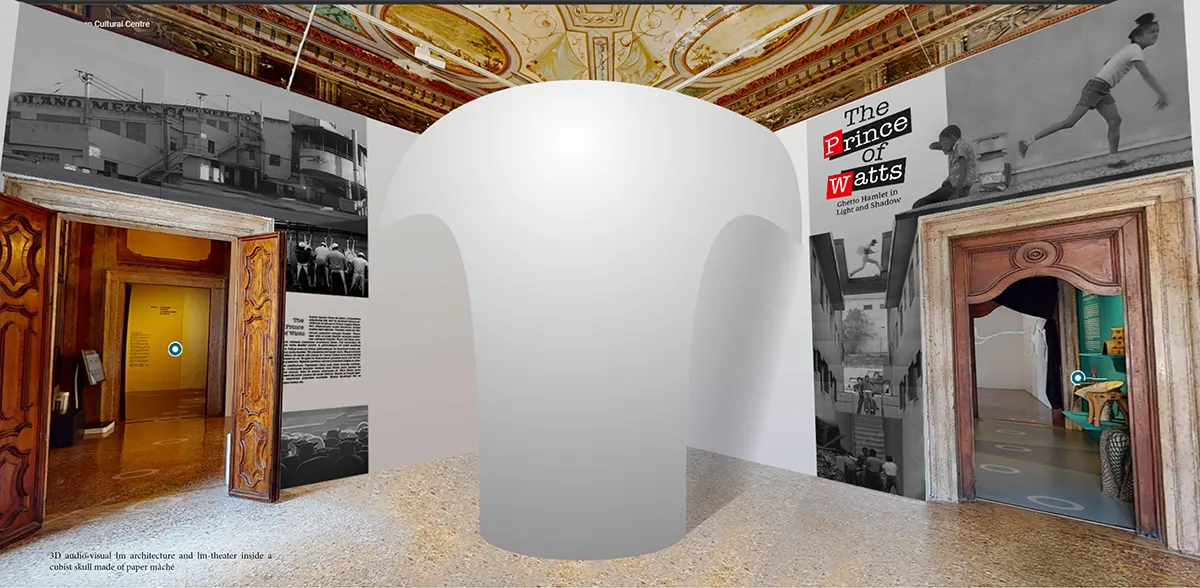
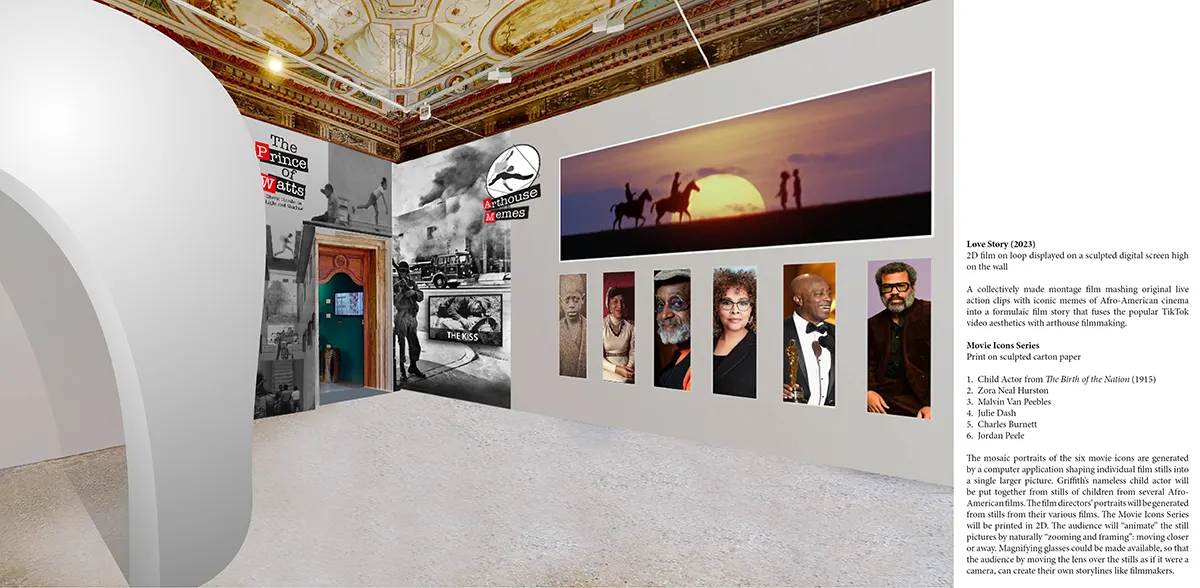
ArtHouse Memes is to be created by the UCHV Research Film Studio of Princeton University for the European Cultural Center Exhibition at the 2024 Art Biennale in Venice, which runs from May to November of 2024 and attracts hundreds of thousands of visitors.
ArtHouse Memes seeks to give poetic justice to a systematically injured people via the art of cinema transformed by the fresh technical-vernacular competence of today’s youth. This project has grown out of a Research Film Studio course entitled Hidden History of Hollywood. The latter is a survey of a hidden canon of African American arthouse cinema. The class uncovers the roots of representational injustice in Hollywood and the secret, but cardinal role Woodrow Wilson played in the production and distribution of D. W. Griffith’s enormously influential The Birth of a Nation (the film that led to the rebirth of the KKK). Wilson’s policy of segregation was adapted by Hollywood as a self-censoring industry regulation of representation. Hollywood became Wilson’s propaganda machine fully during the First World War. Black people could only appear on screen as subservient and marginal characters, never as equals, partners or leaders. This industry code, Wilson’s legacy, then became second nature to Hollywood. Arthouse Memes presents a creative subversion of the strong industrial, commercial, and propagandistic aspect of American filmmaking. The formation of the American film canon is an ongoing struggle between civil rights activism and a Jim Crow system of representation. The Princeton students of the Research Film Studio want to assist this creative struggle with sophisticated canon formation via the ArtHouse Memes exhibition. Our exhibition will give an opportunity to a global audience to be inspired by unfamiliar, systemically injured and overlooked people and by the unjustly unacknowledged, undistributed, underrated chroniclers of their lives.
The exhibition also constitutes an avantgarde exploration of the co-productive powers of the art of filmmaking, architecture, and theater armed with cutting-edge applications of geometrical optics and sound- engineering. The roomful of technologically and artistically innovative film installations will reveal the immense potential of the art of cinema to inspire new forms of modern art that challenge our imagination and cognition through the senses. In particular, ArtHouse Memes introduces novel ways of articulating and dynamizing space by using a combination of immersive optics and directed sound as well as a hieroglyphic language of cinematic memes held together by the syntax of film montage. The common thread along the various kinds of film installations is the tension and fusion between “masking” and “iconicity”, everyday life and ritual, TikTok aesthetics and arthouse filmmaking via the multi-sensory and multimedia metamorphosis of the most memorable clips of Afro-American cinema. The ArtHouse Memes exhibition is a radical rethinking of the art of filmmaking and architecture in their relation to each other.
The project involves Princeton faculty and undergraduates, many of whom we hope will also go to Venice and take part in a global conversation on art and historical injustice. The project builds on the success of a previous exhibition at the 2023 Architecture Biennale, which won the European Culture Centre’s University Innovation Award in a competition with MIT, Harvard and many other universities.
Angelus Novus
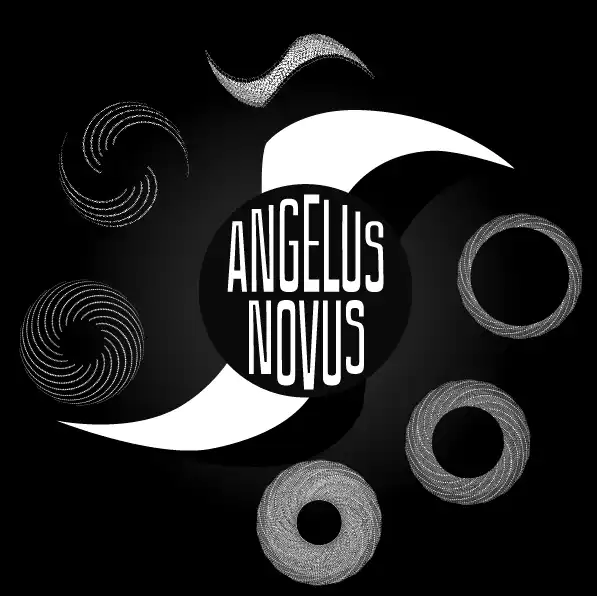
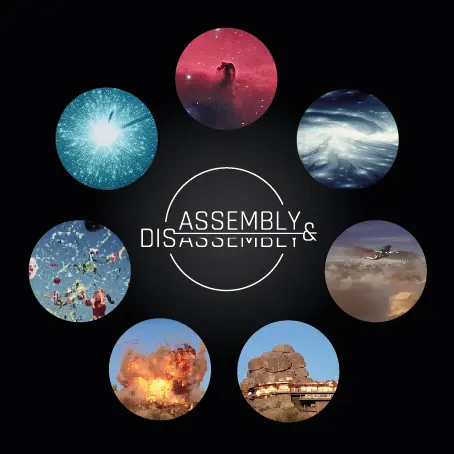
TIME, SPACE, EXISTENCE EXHIBITION
Palazzo Mora, Venice, Italy
Architecture Biennale
May 20 to November 26, 2023
Inspired by Brunelleschi’s dome of the Santa Maria del Fiore and Klee’s artwork Angelus Novus, the Form Finding Lab and the UCHV Research Film Studio of Princeton University, together with architects and engineers at Skidmore, Owings & Merrill (SOM), present an exhibition that explores new possibilities for the self-balancing vault—a construction method that has enabled centuries of architectural innovation. In the garden of Palazzo Mora, the Angelus Novus Collaborative displays a self-balancing masonry vault constructed using augmented reality (AR), and a digital film-fresco that is viewable in two ways: on an LED panel, and on the vault itself via an interactive AR application.
In self-balancing vault construction, the balancing emerges from the local interactions between the bricks without any external support, even during the process of assembly. This invention was prompted by the 1418 architectural competition that stipulated that the vaulting of the main dome of the Florence Cathedral should have no supporting buttresses. Brunelleschi, the winner of the contest, went even further: his engineering solution eliminated the need for the expensive, temporary external supports traditionally used in masonry construction during the settling of the mortar.
Beyond a practical solution for sustainable and safe construction, Brunelleschi invents a new natural order of balance in a curved grid. The dome assembled this way not only adapts to gravity but conquers it by implying its architectonic opposite: lightness. It is an engineering feat with no fixed blueprint, yet the Angelus Novus project manages to capture it in form of mechanics-based algorithms. When these algorithms are animated by AR technology, the visualization can guide today’s masons in efficient material use and the reduction of waste. Constructed by hand using an AR interface to guide the placement of each brick, the vault structure at Palazzo Mora shows the potential of combined human and machine intelligence. Similarly, Klee’s painting, in which Angelus Novus is depicted by the overlapping contours of a human, a bird and an airplane, imagines human invention flying on the wings of mimesis and technology.
Both Brunelleschi and Klee break with the classical object-oriented conception of space bound by a fixed, single-point perspective. They both teach us how to think outside the box in a curved grid. Brunelleschi’s vernacular engineering solution anticipated the design revolution of the early twentieth century, in which the conventional difference between architecture and structural engineering is dissolved; the clarity of a tight, minimalist economy of structural relations informs the engineering performance of a self-balancing choreography at the intersection of architecture, engineering and art. Thus, art becomes architectonic, while engineering becomes art.
One of the multiple functions of architectural structures, from caves to cupolas, is to communicate ideas persuasively to the public. The film-fresco entitled “Assembly & Disassembly” visualizes the analogy between architecture and the architectonic language of the universe, transforming NASA images and arthouse film clips. The film-fresco is also mapped onto the bricks of the vault so that the same interactive AR technology that was used to aid the masons in construction can guide the visitors’ imagination in the virtual construction of a full dome.
Plato’s Cave
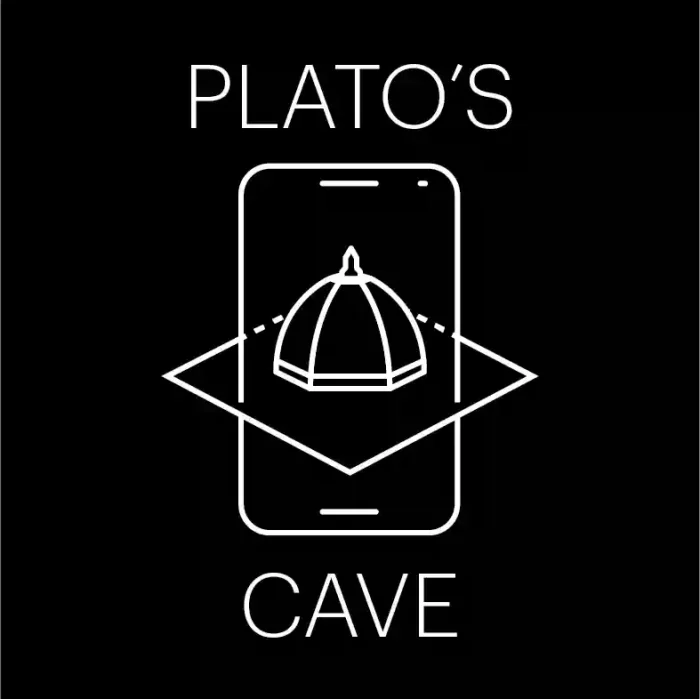
Standing under the center of the Angelus Novus Vault in the garden of Palazzo Mora in Venice while holding up a mobile device equipped with the Plato’s Cave App, one can see the inside of Brunelleschi’s dome of the Santa Maria del Fiore. The inside of the augmented reality dome is “painted” with the animated mashup of the original Vasari fresco depicting The Last Judgement and Kiss’s Assembly/Disassembly. The augmented reality experience via the Plato’s Cave App reveals the coincidence of the self-balancing architectonics in Brunelleschi’s curved space engineering, in Vasari’s vision of Dante’s non-Euclidean, spherical cosmology and in the perfect moral balance of The Last Judgement.
Timefarer
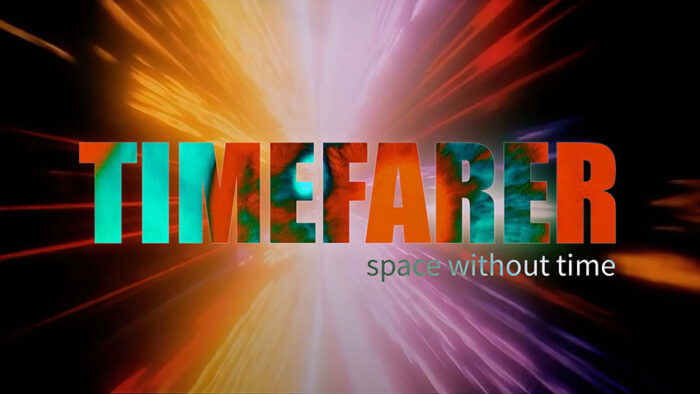
Work in progress
A Virtual Reality (VR) rendering of Kubrick's time-travel sequence from his "2001: A Space Odyssey”. Kubrick’s epic film gave us the first image of Planet Earth from an out of space perspective – a whole year before the analogue photo from Apollo 11 – showing that art can train imagination to advance knowledge by priming our cognition to take in the unexpected and unfamiliar that science discovers, and technology delivers. This is also the first film to give us a representation of Einstein’s theory of relativity: a very inspiring (some say psychedelic) sequence of time-travel that takes us back to the beginning of the universe. We will project the circa 10-minute sequence into a full-dome screen and record it with the 360-degree camera available in PU's Studio Lab. The VR film will be able to be viewed via headsets and can be used for educational purposes. We hope to learn the ropes of immersive filmmaking and maybe even reinvent the technology while figuring it out from scratch. The VR rendering of the time-travel sequence is an opportunity to extend beyond the limitations of the original film. Our short research film will be an ideal starting point for conveying a sense of the notion of a space without a sense of time and other complex ideas about the fundamental physics of the universe as well as the Big Bang.
A Local Spirit - Research Film Studio Production (Erika Kiss, Chris Tully)
- Awarded by the David A. Gardner ’69 Magic Grant
ICEVOICE
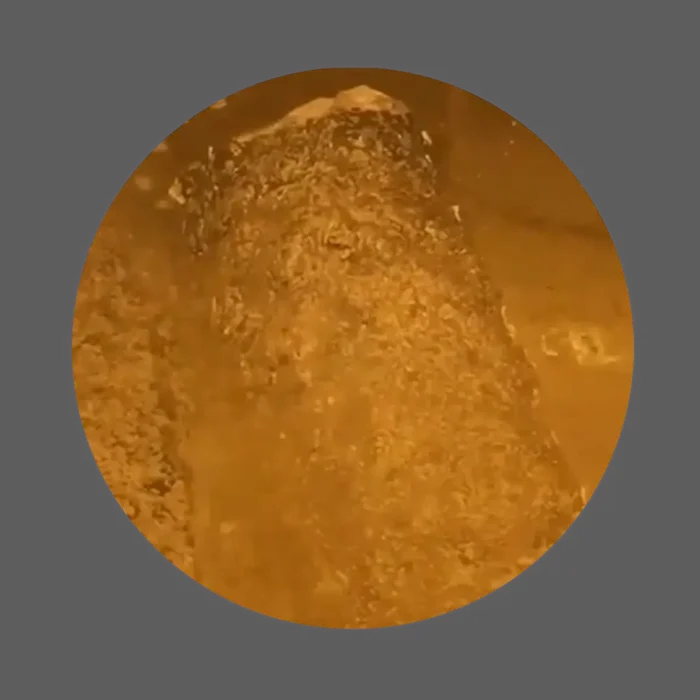
Work in progress
In this short film we're following a molecule of air (carbon dioxide) as it is transported around the world 3 million years ago, before it ends up in Antarctica and gets trapped between snowflakes and buried. This molecule of air is buried under kilometers of ice until today, when this air being drilled out in an ice core by scientists as a window into what the Earth was like 3 million years ago.
A Local Spirit-Research Film Studio production (Erika Kiss, John Higgins)
Home Beyond Good and Evil
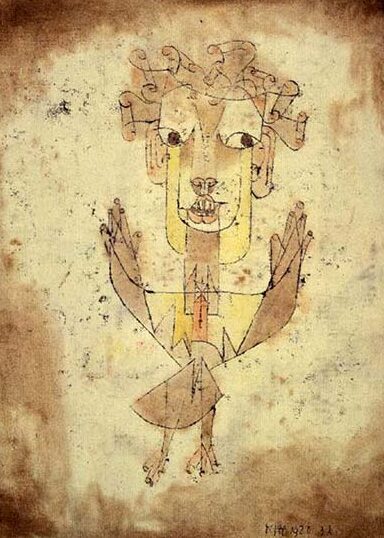
Work in progress
A Klee painting named ‘Angelus Novus’ shows an angel looking as though he is about to move away from something he is fixedly contemplating. His eyes are staring, his mouth is open, his wings are spread. This is how one pictures the angel of history. His face is turned toward the past. Where we perceive a chain of events, he sees one single catastrophe which keeps piling wreckage and hurls it in front of his feet. The angel would like to stay, awaken the dead, and make whole what has been smashed. But a storm is blowing in from Paradise; it has got caught in his wings with such a violence that the angel can no longer close them. The storm irresistibly propels him into the future to which his back is turned, while the pile of debris before him grows skyward. This storm is what we call progress.
Walter Benjamin, Thesis on the History of Philosophy
A Local Spirit - Research Film Studio Production (Erika Kiss).
- Grant from The New Institute, Hamburg
Quantum Research Films
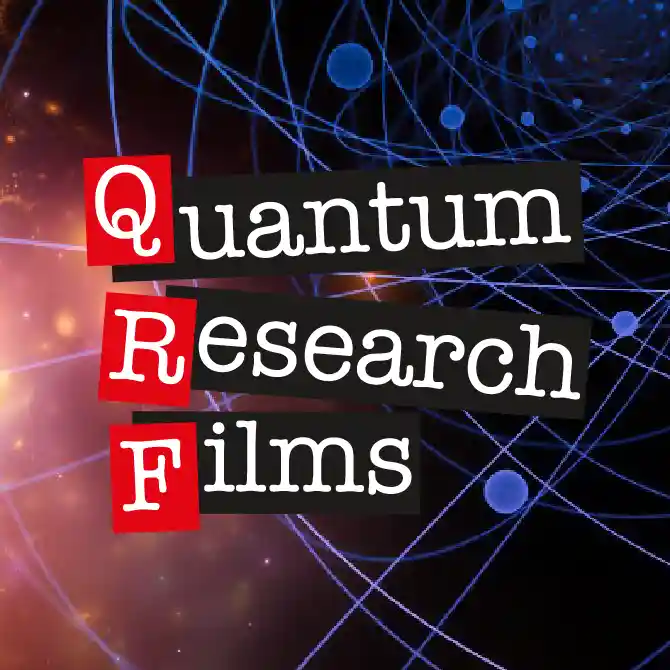
The Quantum Research Films collaboration by Erika A. Kiss and Chris Tully stretches the limits of the new literacy of architectonic rhetoric. Their research films pursue persuasive and aesthetically informed dramatic data visualization used for representing quantum phenomena. Pure quantum states have no external interactions and no sense for the direction of time therefore cannot be conceptualized from the classical humanistic, single fixed-point perspective. While the single fixed point of view emerges from observing the tangible functionalism of classical physical systems, quantum thinking requires the imagination to give up the single fixed perspective of the classical observer and assume a dynamic, 360-degree, non-anthropomorphic, rather, environmental perspective in a radical break with the tangible-object fetishism that is habitual to the mind. Since classic verbal, geometrical, and cinematic representations are suited for classical Newtonian physics, we need new representational strategies to communicate quantum thinking in a perspicuous and persuasive manner. Quantum research films enable audiences to use their imagination counterintuitively, so that the mind can be adjusted to quantum systems of non-tangible relationality and non-directional spatial-temporal conceptions. Two such research film installations directed by Kiss can be viewed in Venice as part of the Architectural Biennale 2023 until November 26.
Cosmic Comedy Divine
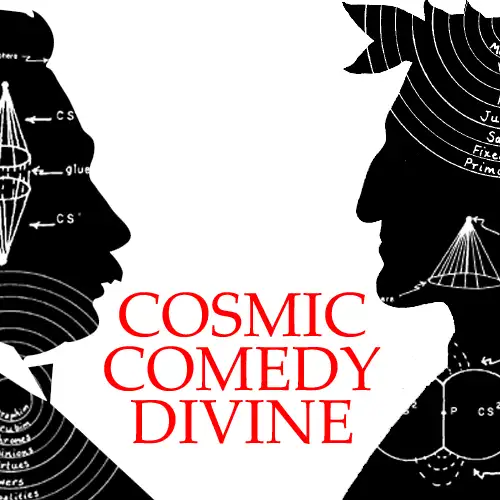
“The belief that the universe as a whole might be round (or more generally, curved) is a much more recent one. It seems to require mathematics of the 19th century (non-Euclidean geometry) even to formulate the notion. It is therefore a considerable surprise to find, on closer reading, that Dante’s cosmology as not a simple geometrically as it first appears, but actually seems to be a so-called “closed” universe, the 3-sphere, a universe which also emerges as a cosmological solution of Einstein’s equations in general relativity theory.”
Mark Peterson: Dante and the 3-sphere in American Journal of Physics, 1979/12/01
Work in progress
A circa 50-minute full-dome research film using telescopic NASA images and original animation in the style of Kiss’s Assembly&Dissassembly (2023) to capture Dante’s non-Euclidian 3-sphere cosmology that physicists liken to Einstein’s general theory of relativity.
Atlantis
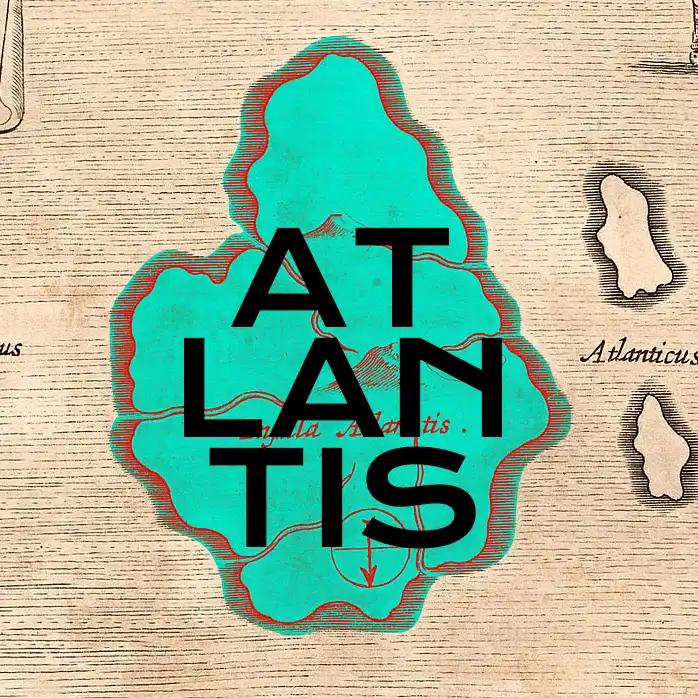
The Atlantis Project is a new Princeton faculty collaboration across disciplines.

